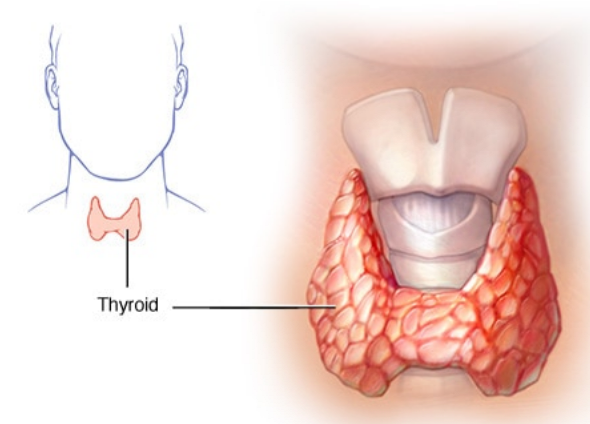Pheochromocytoma
Symptoms
Signs and symptoms of pheochromocytomas often include:
- High blood pressure
- Heavy sweating
- Headache
- Rapid heartbeat (tachycardia)
- Tremors
- Paleness in the face (pallor)
- Shortness of breath (dyspnea)
Less common signs or symptoms may include:
- Anxiety or sense of doom
- Constipation
- Weight loss
Triggers of symptomatic spells
Spells may occur spontaneously or may be triggered by such factors as:
- Physical exertion
- Anxiety or stress
- Changes in body position
- Labor and delivery
- Surgery and anesthesia
Causes
Researchers don't know what causes a pheochromocytoma. The tumor develops in specialized cells, called chromaffin cells, situated in the center of an adrenal gland. These cells release certain hormones, primarily adrenaline (epinephrine) and noradrenaline (norepinephrine), that help control many body functions, such as heart rate, blood pressure and blood sugar.
The role of hormones
Adrenaline and noradrenaline are hormones that trigger your body's fight-or-flight response to a perceived threat. The hormones prompt higher blood pressure, a faster heart rate and a boost in other body systems that enable you to react quickly. A pheochromocytoma results in the irregular and excessive release of these hormones.
Related tumors
While most chromaffin cells reside in the adrenal glands, small clusters of these cells are also in the heart, head, neck, bladder, back wall of the abdomen and along the spine. Tumors in these chromaffin cells, called paragangliomas, may result in the same effects on the body.
Risk factors
People with rare inherited disorders have an increased risk of developing a pheochromocytoma or paraganglioma, and tumors associated with these disorders are more likely to be cancerous. These genetic conditions include the following:
- Multiple endocrine neoplasia, type II (MEN II)is a disorder resulting in tumors in more than one part of the body's hormone-producing (endocrine) system. Other tumors associated with MEN II can appear on the thyroid, parathyroid, lips, tongue and gastrointestinal tract.
- Von Hippel-Lindau disease can result in tumors at multiple sites, including the central nervous system, endocrine system, pancreas and kidneys.
- Neurofibromatosis 1 (NF1) results in multiple tumors in the skin (neurofibromas), pigmented skin spots and tumors of the optic nerve.
- Hereditary paraganglioma syndromes are inherited disorders that result in either pheochromocytomas or paragangliomas.
Complications
High blood pressure can damage multiple organs, particularly tissues of the cardiovascular system, brain and kidneys. Untreated, high blood pressure associated with pheochromocytomas can result in a number of critical conditions, including:
- Heart disease
- Stroke
- Kidney failure
- Acute respiratory distress
- Damage to the nerves of the eye







Comments